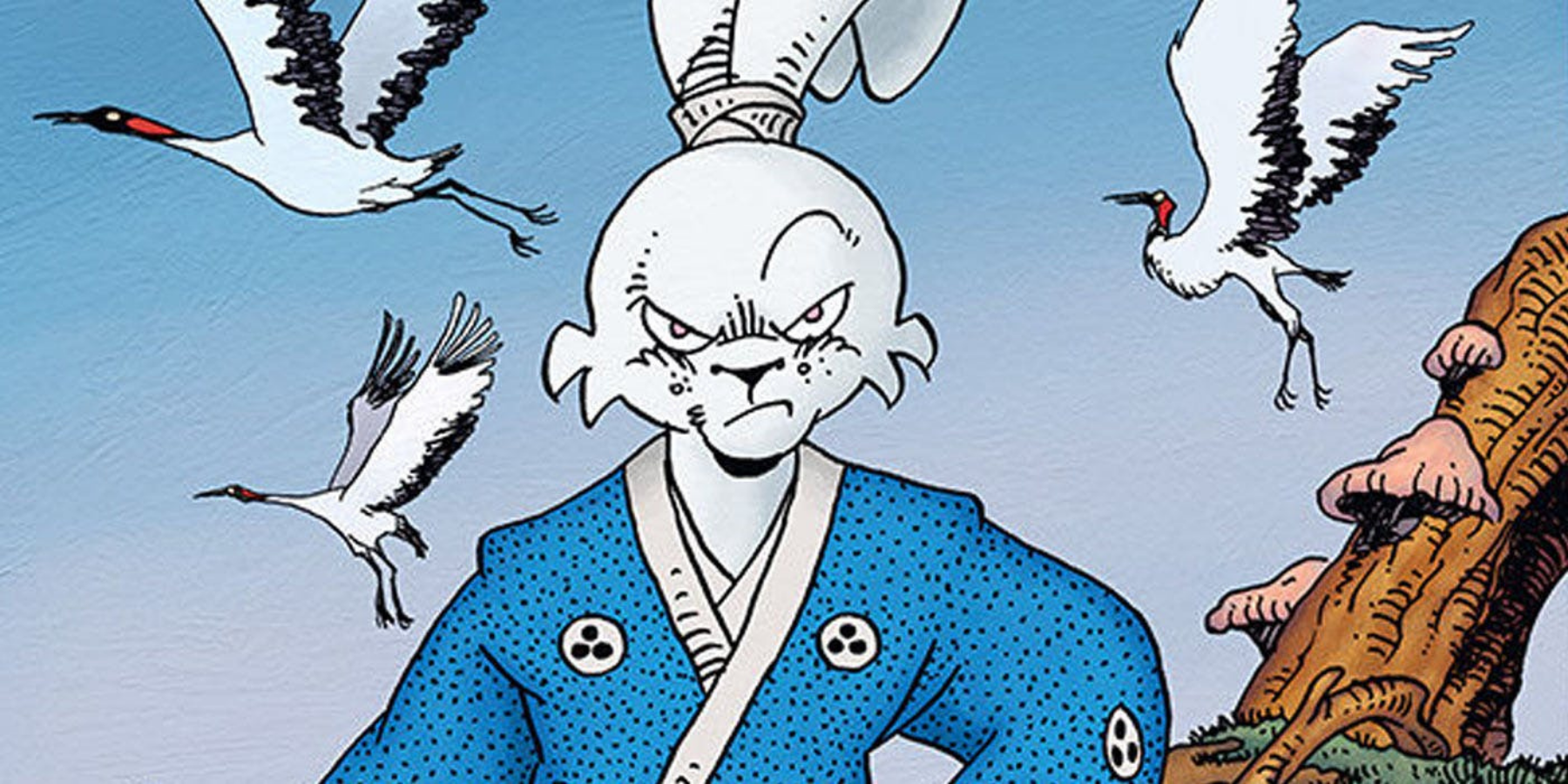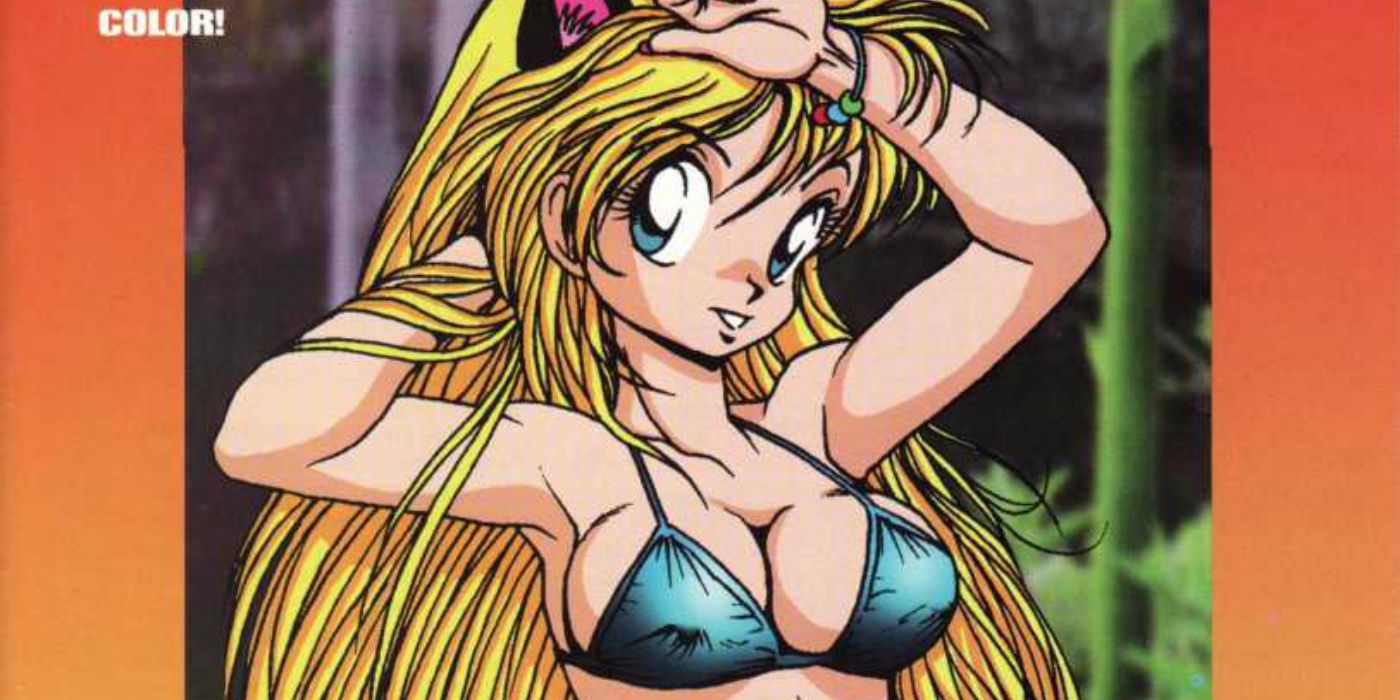Usagi Yojimbo isn't the biggest name in either American comics or Japanese manga, but he's vitally important in the latter becoming an increasingly popular art form in America. Usually lumped in with his constant crossover partners, the Teenage Mutant Ninja Turtles, Usagi represents a different path of the many experimental permutations that comics were undergoing in the 1980s.
Many English-original "manga" have come and gone in the past decade, but even the success stories would've been impossible without Usagi. The samurai paved the way not only for indie comics, but also for Western creators making indie manga, as well. Here's the book's history and why it's so historically important to the medium in America.
Usagi Yojimbo is the creation of Japanese-American cartoonist Stan Sakai, who originally thought of making a comic book about the historical adventures of Japanese figures such as Miyamoto Musashi. After jokingly drawing a samurai rabbit, however, Sakai reworked the idea, keeping the feudal Japan-based setting while making all of the characters into anthropomorphic animals. Chief among them was Miyamoto Usagi, a samurai rabbit based loosely off of Miyamoto Musashi, who traversed his world as a sword-wielding bodyguard.
Usagi appeared in a few other independent comic books before Sakai gave him his own ongoing, which has been published by several companies, including Dark Horse, Mirage Studios and IDW Publishing. The book's art style and storytelling drew heavily from samurai movies and other Japanese cinema, namely the works of Akira Kurosawa. It also featured many Japanese cultural and historical elements in order to accurately portray its time period. Increasing the brand's awareness were several crossovers with the TMNT, who were part of another franchise inspired by Japanese film, concepts and culture. Usagi's animal-world adventures would also have a huge impact on manga becoming more mainstream in America, as well as other works inspired by manga doing the same.
How Usagi Birthed Western Manga
Following Usagi's debut in 1984, several similar comic books would also come out that clearly hit similar targets. One of these was Ben Dunn's Ninja High School, which outright lampooned many elements of anime and manga when it first came out in 1987. Fred Perry's Gold Digger would do the same thing, though these series' were all still officially "comic books" and not necessarily manga.
Original English-language manga would eventually become real, however, with many releasing during the first manga boom of the early and mid-2000s. Several of these series were published by Tokyopop, including the many works of Svetlana Chmakova such as Nightschool. In the case of several of these books, most of their creators were explicitly Western/European, lacking any ties to Japan or the East. Stan Sakai, on the other hand, was of Japanese descent, and his opening the floodgates with Usagi Yojimbo essentially validated an American producing such works.
More and more, Western "anime" are also being produced, and they likely never would have if it weren't for the initial success of English manga beforehand. This all ties back to the sword of a samurai rabbit and his creator who simply wanted to bring parts of his native culture to the West.


